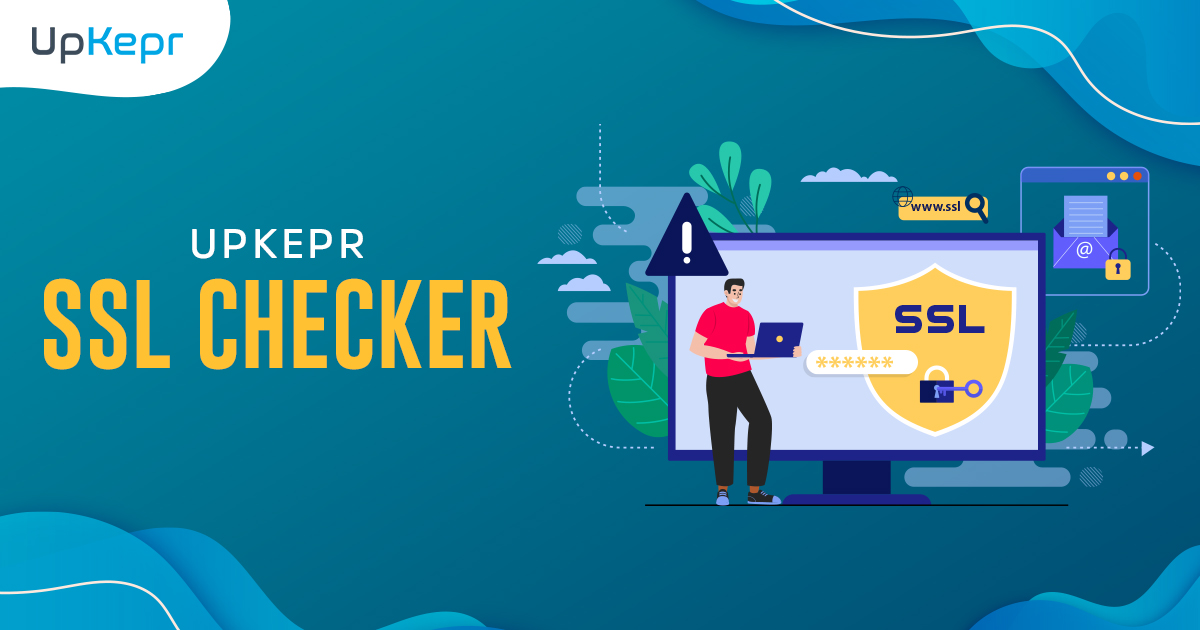Introduction
In today's increasingly digital world, securing your online accounts is more critical than ever. Cyber threats are constantly evolving, and hackers are always finding new ways to access sensitive information. One of the fundamental ways to protect your online presence is through robust authentication methods. This guide will explore two primary security measures: Two-Factor Authentication (2FA) and strong passwords. We'll delve into their benefits, how they work, and when to use each. By the end of this guide, you'll have a clear understanding of how to enhance your digital security using these methods.
Understanding Strong Passwords
Definition and Characteristics of a Strong Password
A strong password is your first line of defense against unauthorized access to your accounts. But what makes a password strong? Generally, a strong password is:
- Lengthy: At least 12 characters long.
- Complex: Includes a mix of uppercase and lowercase letters, numbers, and special characters.
- Unpredictable: Avoids common words, phrases, or easily guessable information like birthdays or names.
- Unique: Different for each account to prevent a breach in one account from compromising others.
Importance of Using Strong Passwords
The importance of strong passwords cannot be overstated. Weak passwords are a significant vulnerability, making it easier for attackers to gain access to your accounts through brute force attacks or password guessing. A strong password ensures that even if your username or email is known, the password itself is difficult to crack.
Tips for Creating Strong Passwords
Creating a strong password might seem challenging, but with the right approach, it becomes manageable. Here are some tips:
- Use a strong password generator to create complex and unique passwords.
- Avoid using easily accessible personal information.
- Consider using passphrases: a series of unrelated words combined together (e.g., "BlueHorses$Running*123").
- Regularly update your passwords to mitigate the risk of long-term exposure.
To make password creation easier, many online tools can help generate strong passwords. One such tool is Upkepr free password generator online. This tool allows you to create complex, random passwords that meet the criteria for strength and security.
Upkepr offers a free random password generator that you can use to create secure passwords effortlessly. This tool ensures your passwords are robust and adhere to best practices for digital security.
Common Mistakes to Avoid with Strong Passwords
Even with the best intentions, many users make common mistakes when creating passwords. Here are some pitfalls to avoid:
- Using Simple Passwords: Avoid using simple passwords like "123456" or "password." These are among the first guesses a hacker will try.
- Reusing Passwords: Using the same password across multiple accounts is a major security risk. If one account is compromised, all accounts with the same password are vulnerable.
- Storing Passwords Insecurely: Writing passwords on sticky notes or storing them in unencrypted files on your computer can lead to easy access for anyone who comes across them.
Two-Factor Authentication (2FA)
What is Two-Factor Authentication (2FA)?
Two-Factor Authentication (2FA) is an additional layer of security used to ensure that people trying to gain access to an online account are who they say they are. First, a user will enter their username and password. Then, instead of immediately gaining access, they will be required to provide another piece of information. This second factor could come from one of the following categories:
- Something you know: A PIN or the answer to a security question.
- Something you have: A smartphone or a hardware token.
- Something you are: A biometric factor like a fingerprint or facial recognition.
How 2FA Enhances Security?
2FA significantly enhances security by adding an extra step to the login process, making it much harder for attackers to gain access. Even if a hacker has your password, they would still need the second factor to gain entry. This additional layer of security is especially important for sensitive accounts like banking, email, and social media.
Types of 2FA Methods
1. SMS-Based 2FA: Sends a one-time code to your mobile phone via SMS. You enter this code along with your password to gain access.
2. Authenticator Apps: Apps like Google Authenticator or Authy generate time-sensitive codes that you enter along with your password.
3. Biometric Authentication: Uses physical characteristics such as fingerprints or facial recognition for verification.
4. Hardware Tokens: Physical devices that generate codes or connect to your device to verify your identity.
Advantages of Using 2FA
- Increased Security: Provides an additional layer of protection beyond just a password.
- Reduces Risk of Unauthorized Access: Makes it more difficult for attackers to access accounts even if they have the password.
- Flexibility: Various methods to suit different needs and preferences.
Limitations and Challenges of 2FA
While 2FA significantly enhances security, it is not without its challenges:
- Convenience: Some users find 2FA inconvenient, especially if it requires carrying an additional device or entering codes frequently.
- SMS Vulnerabilities: Makes it more difficult for attackers to access accounts even if they have the password.
- Dependence on Devices: Losing access to your 2FA device can lock you out of your accounts temporarily.
Choosing the Right Security Measure
Comparing Strong Passwords and 2FA: Strengths and Weaknesses
Both strong passwords and 2FA have their strengths and weaknesses. Here’s a quick comparison:
1. Strong Passwords:
Strengths: Simple to implement, no additional hardware or software required, effective when unique and complex.
Weaknesses: Can be compromised if not managed properly, relies solely on the user's ability to create and remember complex passwords.
2. 2FA:
Strengths: Adds an extra layer of security, significantly reduces the risk of unauthorized access, various methods available.
Weaknesses: Can be inconvenient for users, reliance on additional devices or services, potential for SMS interception in some cases.
When to Use Strong Passwords vs. 2FA
Strong passwords are essential for all accounts, but 2FA is particularly crucial for sensitive accounts like email, banking, and social media. Use strong passwords for all your accounts and enable 2FA for an added layer of security, especially on accounts that hold sensitive or valuable information.
Best Practices for Combining Strong Passwords and 2FA
The best approach to securing your online presence is to combine strong passwords with 2FA. This combination ensures that even if one layer of security is compromised, the second layer will protect your account. Here are some best practices:
- Always use a strong password generator to create your passwords.
- Enable 2FA on all accounts that offer it.
- Regularly update your passwords and review your security settings.
- Use a password manager to keep track of your passwords and 2FA codes.
Implementing Strong Security Practices
Step-by-Step Guide to Setting Up Strong Passwords and Enabling 2FA
1. Creating Strong Passwords:
- Visit Upkepr free random password generator.
- Generate a complex and unique password for each of your accounts.
- Save these passwords in a secure password manager.
2. Enabling 2FA:
- Check if your account supports 2FA. Most major platforms do.
- Follow the platform's instructions to set up 2FA. This usually involves scanning a QR code with an authenticator app or entering a phone number for SMS codes.
- Test the 2FA setup to ensure it’s working correctly.
Common Pitfalls to Avoid When Setting Up Security Measures
- Reusing Passwords: Avoid using the same password across multiple accounts.
- Neglecting 2FA: Don't skip enabling 2FA on important accounts due to perceived inconvenience.
- Ignoring Updates: Regularly update your passwords and review your 2FA settings to ensure they are up to date.
- Overlooking Backup Options: Set up backup methods for 2FA (e.g., backup codes) in case you lose access to your primary 2FA device.
Importance of Regularly Updating Passwords and Monitoring Account Activity
Regularly updating your passwords and monitoring your account activity are crucial practices for maintaining digital security. Change your passwords periodically, especially if you suspect they may have been compromised. Keep an eye on account activity for any suspicious actions, such as unrecognized login attempts.
Advanced Security Measures Beyond 2FA and Strong Passwords
While strong passwords and 2FA are essential components of online security, there are additional measures you can take to further protect your digital presence:
- Password Managers: Use a reputable password manager to store and manage your passwords. This tool can generate complex passwords and automatically fill them in for you.
- Encryption: Encrypt sensitive data on your devices to protect it from unauthorized access.
- VPNs: Use a Virtual Private Network (VPN) to secure your internet connection and protect your privacy online.
- Security Software: Install comprehensive security software that includes antivirus, anti-malware, and firewall protection.
Conclusion
In the battle against cyber threats, both strong passwords and Two-Factor Authentication (2FA) play critical roles. While strong passwords are your first line of defense, 2FA adds an additional layer of security that can prevent unauthorized access even if your password is compromised. By combining these two security measures, you can significantly enhance the protection of your online accounts. Implementing these practices, along with regular updates and monitoring, will help you stay ahead of potential threats and keep your digital life secure. For creating strong passwords, consider using Upkepr free random password generator to ensure your passwords are both secure and easy to manage. Remember, the key to effective security is a proactive and layered approach.




























































































 Sign Up with Google – Free
Sign Up with Google – Free Sign Up with Github – Free
Sign Up with Github – Free